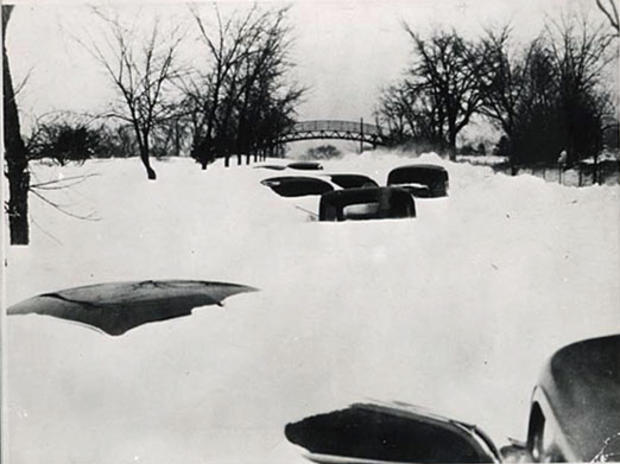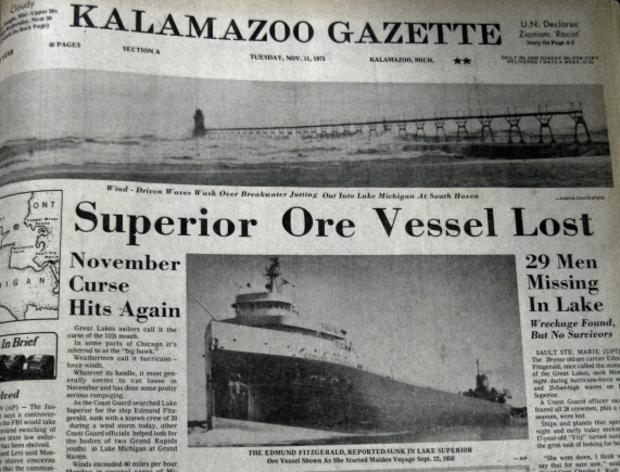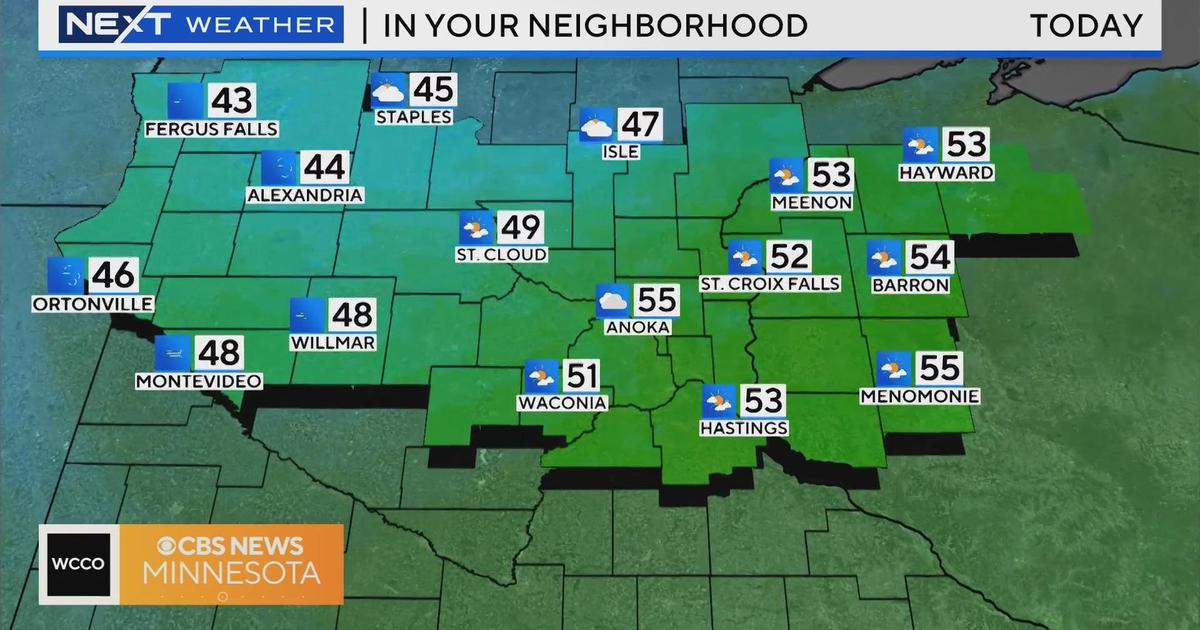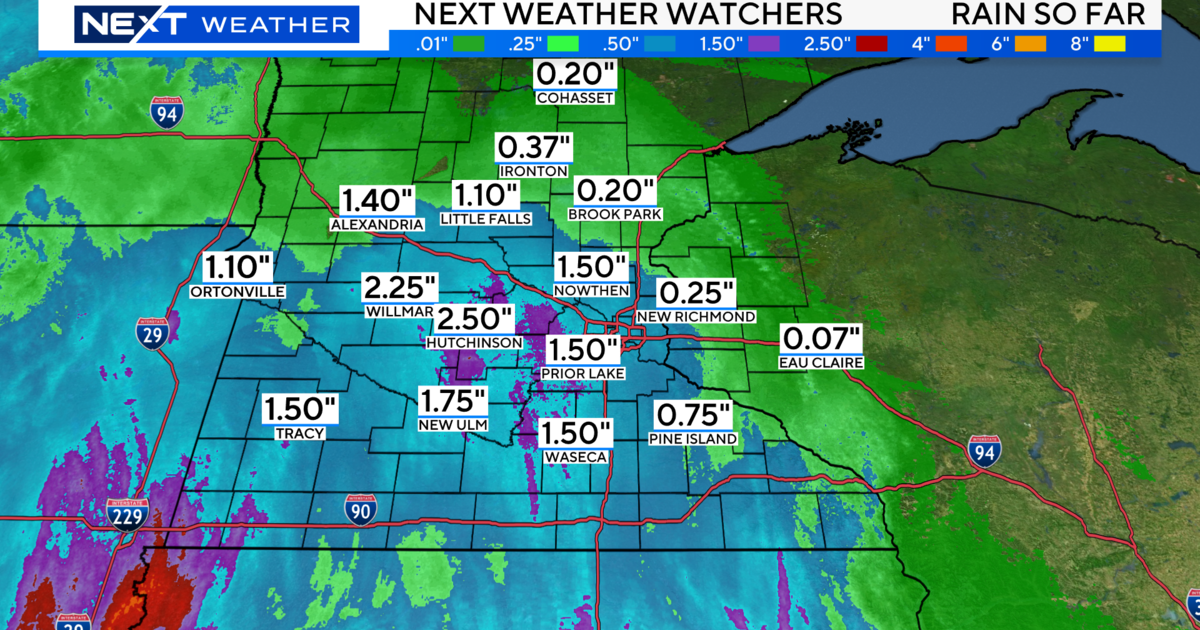Weather Blog: Only Normal Thing About MN Nov. Weather: It's Not Normal!
After a warmer than normal September and October, November 2014 delivered a dramatic shift in season and temperature trend.
Monday is set to be our eighth consecutive day in the metro below 32 degrees and with highs forecasted to stay sub-freezing through Friday, a final tally of 12 days will make for the second longest stretch of consecutive below-freezing November days on record. Ughhh.
Climate records for November in the Twin Cities reveal a consistent pattern of inconsistent weather! Mother Nature has offered up mild highs near 70 degrees, subzero degree windchills, thunderstorms, snowstorms, and tornadoes in the final fall month in the last handful of years alone.
In reviewing Twin Cities climate data for the last 5 years, the warmest November high temperature in the years of 2009 to 2012, ranged from 64° to a balmy 69°; temperatures that seem a distant dream this frigid month.
Rarity is not the case for rumbles in November, from 2009 to 2013, observations at MSP airport recorded thunder 3 out of these 5 years.
Tornadic thunderstorms are also a part of November Metro weather recent history. In 2012, a powerful cold front resulted in a wild temperature swing with a high of 69° on the 10th crashing to 27° on the 12th as well as the generation of four EF-0 tornadoes—touchdowns reported in Eagan, Burnsville, Mendota Heights, and Mahtomedi.
And of course, November is no stranger to snow. On average, the Twin Cities pick up 9.3 inches of November snow. Locations in the north Metro shoveled out nearly a foot of snow in a single storm earlier this month. The Metro's biggest snowstorm on record, the Halloween Blizzard of 1991, persisted into Nov. 3.
A number of famous, or more so infamous, winter storms in Minnesota history have occurred in November including one of Minnesota's worst and deadliest blizzards. Ranked No. 2 of Minnesota weather events of the 20th century by the Minnesota Climatology Working Group, the Armistice Day Blizzard of 1940 resulted in 49 deaths, including 20 duck hunters on Mississippi River islands. Outrageous temperatures falls by as much as 40 degrees in 24 hours left the hunters unprepared and exposed. Snowfall rates in the Armistice Day Blizzard approached 3 to 4 inches per hour.
Deemed "The Cruelest Month" by a Newsweek article on one of the most well-known shipwrecks in history, November saw the sinking of the SS Edmund Fitzgerald on Lake Superior. On Nov. 10, 1975, an intense winter storm producing hurricane-force winds and rogue waves up to 35 feet high induced the sinking of the freighter, which for 17 years prior carried iron ore from Duluth to Detroit and other Great Lakes ports. All 29 aboard were lost.
From maritime gales, to late-season tornadoes, to mild sunshine, to crushing snowstorms, to extreme cold, November weather in Minnesota is predictably never dull.







